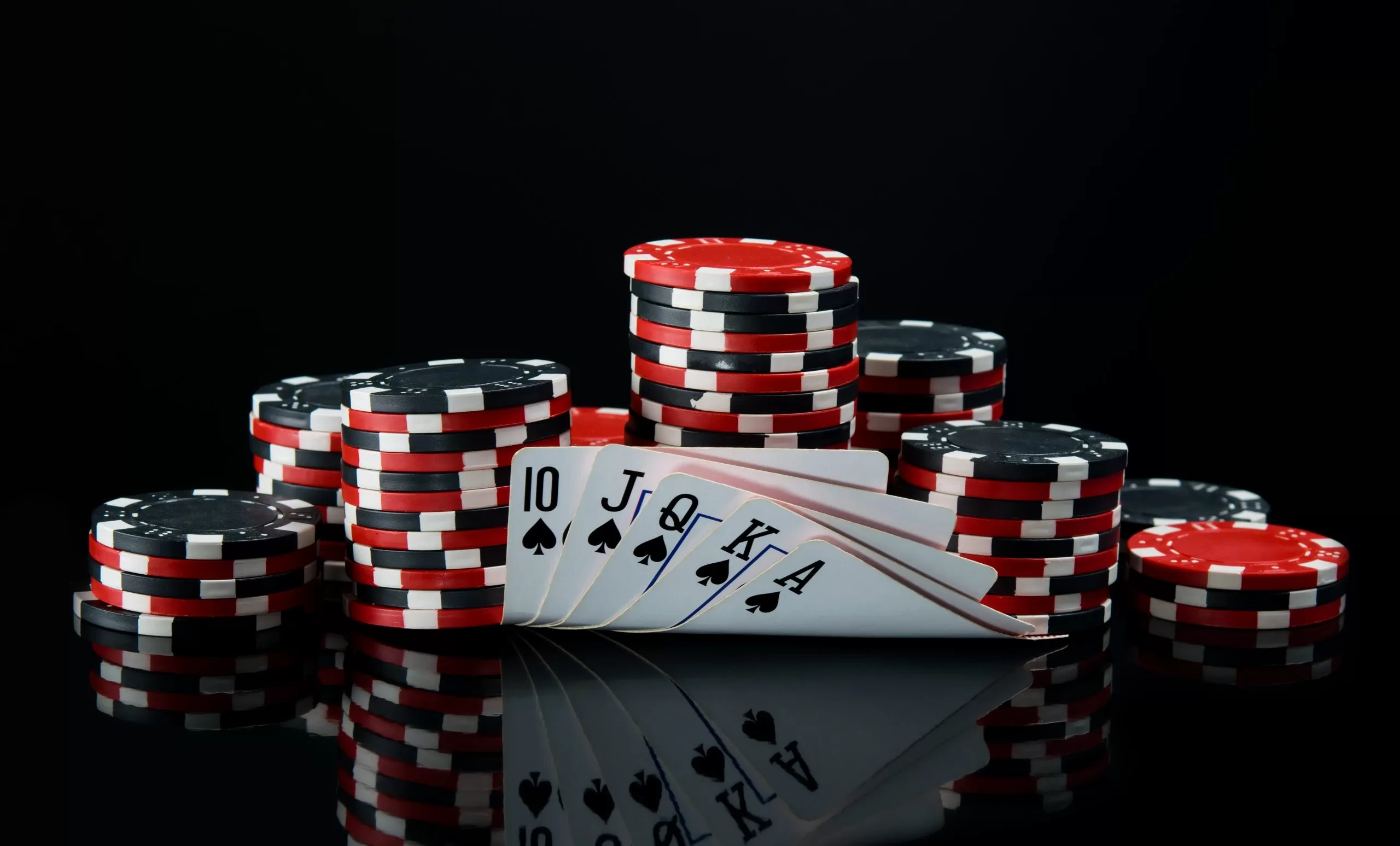Welcome to poker games, where the cards you hold are just the beginning. In this Bluff Battle, we will reveal the psychological intricacies, the importance of timing, the skill of reading opponents, and strategies that separate the novice from the pro. Brace yourself into the shadows of deception, where fortunes are won or lost with a single, well-timed poker face. Also, choose only the most reputable One Casino to enjoy the many-sided game of poker.
The Psychology of Bluffing
Bluffing emerges as a nuanced psychological tool rather than a deceitful tactic in poker. It operates on the fundamental principle that opponents don’t just play the cards but play each other. Bluffing becomes an artful dance, a strategic maneuver to exploit adversaries’ cognitive biases and emotional vulnerabilities.

Beyond being a calculated deception, adequate bluffing taps into cognitive psychology. It leverages the concept of “loss aversion,” where players are more averse to losing what they already have than gaining something of equal value. A well-timed bluff capitalizes on opponents’ reluctance to relinquish their chips and compels them to fold even when the odds are in their favor. Additionally, bluffing exploits the “self-serving bias” to prompt opponents to attribute success to their skill and failure to external factors, thereby underestimating the strategic prowess of their competitors.
Crafting a false image at the poker table isn’t about deception for its own sake; it’s a tactical maneuver rooted in cognitive science. Players are predisposed to categorize their opponents based on observable behaviors to create strategic manipulation opportunities. A conservative facade might prompt adversaries to perceive you as risk-averse, inducing them to overvalue their hands against your calculated aggression.
Timing and Patience
The essence lies in recognizing pivotal moments when opponents’ mental guards are momentarily down. Research indicates that the human brain, under pressure, tends to prioritize immediate gains over long-term strategy. They create opportune windows for strategic deception. Thus, a well-timed bluff synchronizes with the ebb and flow of the game to exploit the cognitive biases that surface during critical decision-making junctures.
Moreover, “time pressure” is crucial in bluff success. Studies suggest that gamblers can make riskier decisions under time constraints to increase the effectiveness of a timely bluff. However, the delicate balance lies in recognizing these temporal opportunities and having the patience to await the perfect moment. Impulsive bluffs, spurred by impatience, often result in squandered opportunities and unnecessary losses.
The Art of Reading Opponents
Successful poker players don’t merely observe. They use principles of deductive reasoning to transform observed behaviors into actionable insights. Cognitive psychology elucidates that the brain is wired to seek patterns, and poker exploits this innate tendency. By meticulously cataloging opponents’ actions and reactions, skilled players develop a mental repository of patterns to predict future moves more accurately.
Furthermore, the psychological concept of “theory of mind” comes into play — the ability to attribute mental states to others. That translates to opponents’ motivations, fears, and aspirations in poker. Astute players blend observation with deductive reasoning to create a mental map that guides decision-making. As a result, the art of reading opponents transcends the superficial and delves into the realms of strategic cognition.
Strategies for Effective Bluffing
This advanced tactic involves bluffing with a hand that lacks immediate strength and holds the potential for improvement on subsequent community cards. Statistical analyses reveal that semi-bluffing serves a dual purpose. It can induce opponents to fold better hands to amplify your chances of winning the pot immediately. It also simultaneously creates opportunities to enhance your hand on future streets.
Research indicates that tables exhibit distinct “personalities” influenced by player dynamics, stakes, and playing styles. Successful players navigate these dynamics by tailoring their bluffing strategies accordingly. For instance, a tight-aggressive table at zimpler casino may demand a more selective approach to target moments when opponents are more likely to fold. On the other hand, a loose-passive table may call for more assertive bluffing to capitalize on opponents’ propensity to play a wider range of hands.
Conclusion
In poker, bluffing is your secret weapon. Perfecting the timing, reading opponents like a book, and deploying strategic bluffs define your path to victory. As you navigate the risk-reward dilemma, remember that it’s not just about the cards you hold but the story you tell at the table. Craft it wisely, and you’ll emerge from the Bluff Battle as a poker virtuoso. May the bluffs be ever in your favor!


